Signs and symptoms
About half of all cases of melanoma start with a change to the skin; this is often a dark area or a new, abnormal mole. Other melanomas develop from moles or freckles that were already present on the skin.
It can be difficult to distinguish between melanoma and a normal mole. The following checklist (known as the ABCDE list) helps explain what to look out for.
The photographs were taken from the website of the US National Cancer Institute (www.cancer.gov).
- A - asymmetry
The melanoma is likely to have an irregular or asymmetric shape. Normal moles are usually symmetric (both halves look the same).
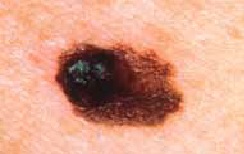
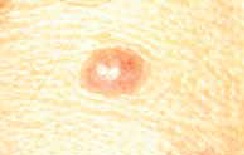
Asymmetrically shaped melanoma / Normal mole with symmetric shape
- B - margins
Melanomas are more likely to have a blurred or jagged edge. Ordinary moles usually have a well-defined, thin, and clear margin.
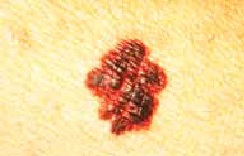
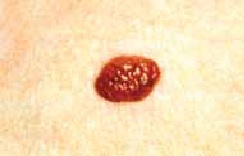
Melanoma with an irregular margin / normal mole with well-defined margin
- C - Color
Melanomas usually have more than one color. They may have different tones, such as brown mixed with black, red, pink, white, or blue. Normal moles tend to be brown.
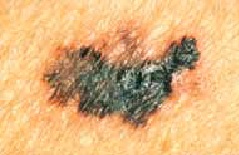
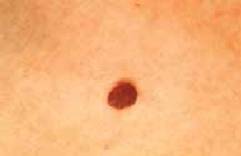
Melanoma with difference in color / normal mole with no difference in color
- D - Diameter (width)
Melanomas are usually more than 6 mm wide. Normal moles tend not to be bigger than the eraser end of a pencil.
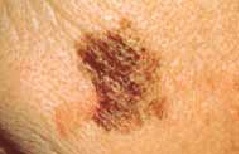
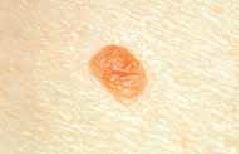
Melanoma with diameter change / normal mole with no diameter change
- E - Evolving (change)
If you notice any change in a mole such as its size, shape, or color, you should see your GP.
When to see a doctor
Visit doctor immediately if you have:
- Any of the ABCDE signs
- Unusual marks on the skin lasting more than a few weeks
- A mole with peaks or tingling
- Bleeding or scabbing on a mole
- Dark-colored growth under a nail.
A good time to check your skin is after a bath or shower. Make sure there is sufficient light and a mirror so you can inspect the difficult-to-see areas. You can also take photos to check to see if there have been changes over time.










